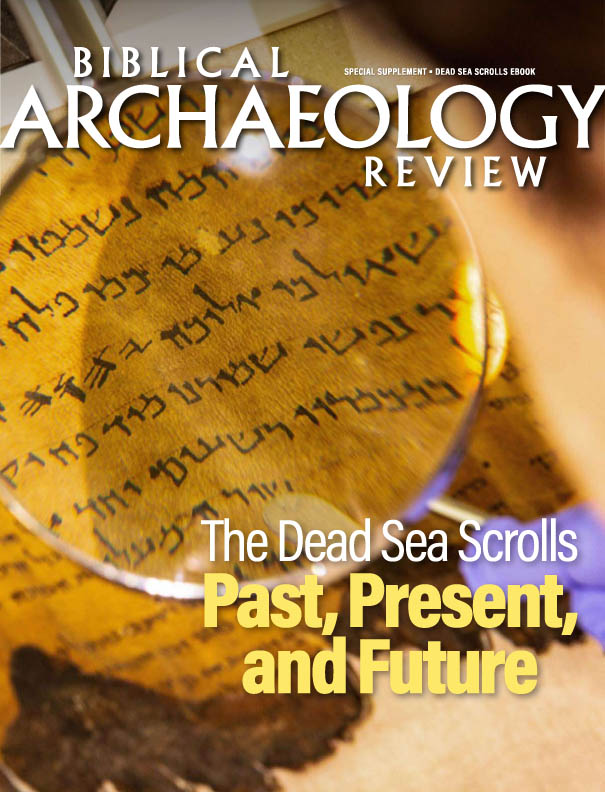
Eruption of Mt. Vesuvius in 79 CE. CC BY 4.0, via Wikimedia Commons.
Discovered in the library of a luxurious villa, the Herculaneum scrolls may be one of the most important sources of information on the ancient world ever discovered, joining the likes of the Dead Sea Scrolls and the Library of Ashurbanipal. There is just one problem. No one can read them. Buried by the eruption of Mt. Vesuvius in 79 CE, the scrolls are little more than charcoal today. Hope is not lost, however, as advanced scanning technology has allowed researchers to virtually unwrap the scrolls for the first time. Now, a group of researchers and investors is offering nearly a million dollars to the first team able to read the famous Herculaneum scrolls.

Unrolling the Herculaneum Scrolls
Nearly 2,000 years ago, the eruption of Mt. Vesuvius destroyed the Roman cities of Pompeii and Herculaneum, burying them in ash and soot. Carbonized by the heat of this very cataclysm, the library of a massive villa–possibly once owned by the father-in-law of Julius Caesar–sat preserved until its discovery in the eighteenth century. However, even after their discovery, the fragile scrolls have remained largely unreadable: a library of 1800 scrolls with the potential to double the known corpus of literature from Greco-Roman antiquity, mockingly out of reach.
Thanks to the hard work of an Italian monk, Abbot Piaggio, and many other early scholars, hundreds of the scrolls were unwrapped and translated. However, despite some success, the unrolling came at great risk, as many of the scrolls were destroyed in the process. After more than three and a half centuries, less than a third of the library has been successfully unrolled, revealing mainly works of Stoic Greek philosophy, such as that of Philodemus. although it is hoped that the yet untranslated texts may contain the other works as well.
Brent Seales, professor in the Department of Computer Science at the University of Kentucky, hopes that among the remaining majority of the burnt scrolls may be records of the early Christian movement. “While others would love to see some of the lost work of the ancients, what I’d like to see is evidence of the turmoil that was happening in the first century around the development of Christianity and the Judeo-Christian tradition as it was evolving,” he told The Guardian.
In 2015, a team led by Seales made a remarkable breakthrough. Using X-ray tomography, they were able to virtually unravel an ancient charred scroll from the synagogue of Ein-Gedi and are in the process of virtually unwrapping unopened Dead Sea Scrolls Seales quickly came to realize this same breakthrough could be the key to unlocking the Herculaneum scrolls. But these scrolls proved more difficult. Because of their carbon-based ink, the X-ray scan could unravel the scrolls, but the letters on them were still unreadable against the carbonized papyrus.
Not giving up, the team brought in a particle accelerator, which made it possible to scan the scrolls at a stunning resolution of 4-8µm with 16 bits of density data per voxel (a cubic representation of three-dimensional space). Then they trained a computer to detect differences in the image that no human eye ever could. Yet more work still needs to be done, and it might take years to complete without outside help. Enter the Vesuvius Challenge, an international competition aimed at bringing together some of the world’s best scholars to fully unlock the Herculaneum scrolls. “We’ve shown how to read the ink of Herculaneum. That gives us the opportunity to reveal 50, 70, maybe 80 percent of the entire collection,” said Seales. “We’ve built the boat. Now we want everybody to get on and sail it with us.”
The Vesuvius Challenge
In 2023, Seales and his team announced an exciting competition. Releasing their software and thousands of their X-ray images from three different scrolls, the team hopes someone else will have the next breakthrough. But this is not just for fun, the University of Kentucky team–supported by two Silicon Valley multi-millionaires–is offering a staggering one million dollars’ worth of prizes, including a $700,000 grand prize, to any group that is able to make significant headway in reading the Herculaneum scrolls. “We’re having a competition so we can scale up our ability to extract more and more of the text,” Seales stated. “The competitors will be standing on our shoulders with all of our work in hand.”
According to the official contest website, the grand prize of $700,000 will go to the first team to “read at least four separate passages of continuous and plausible text from the scrolls.” Other prizes include $50,000 for successful ink detection. It is not certain that any team will be able to earn the grand prize, but it is hoped that–at the very least–the combined efforts of multiple teams will astronomically advance the project.
Read more in Bible History Daily:
All-Access members, read more in the BAS Library:
Not a BAS Library or All-Access Member yet? Join today.The post The Race to Read the Herculaneum Scrolls appeared first on Biblical Archaeology Society.

0 Commentaires